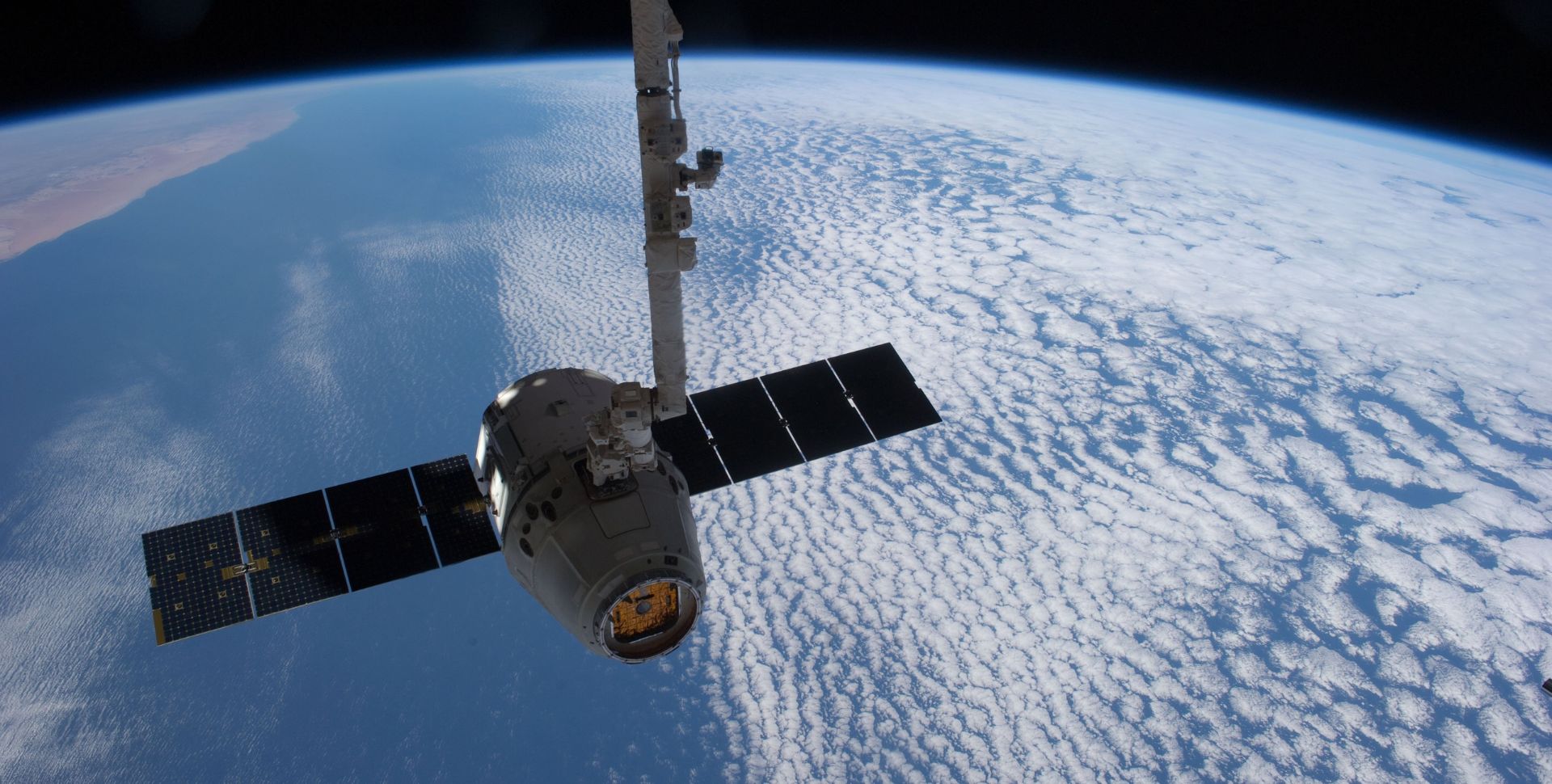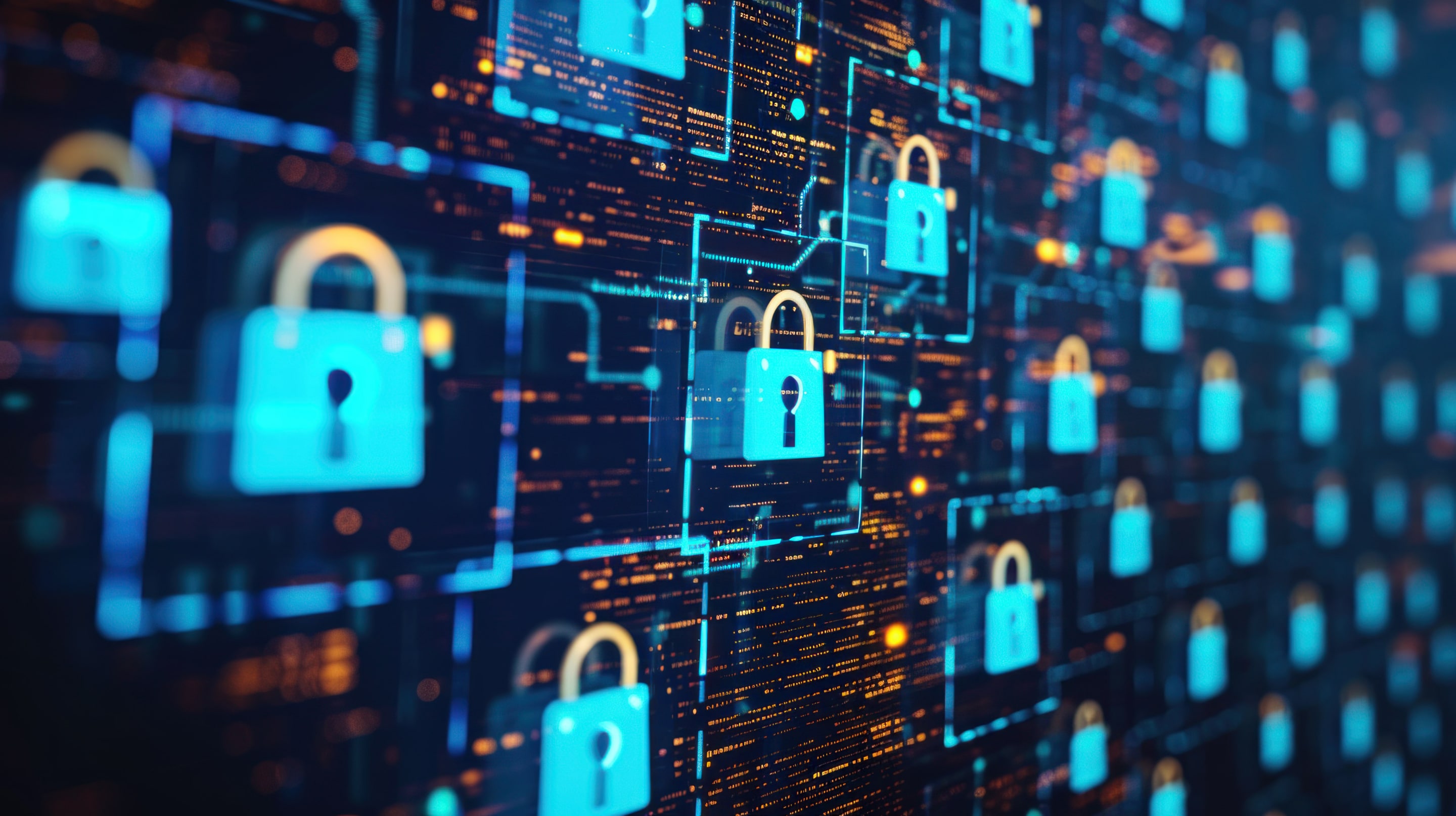Non-Terrestrial Networks (NTN) in IoT Asset Tracking

Our mission is to help businesses connect, protect, and derive more value from their assets. As a leading global innovator, developer, and supplier of IoT solutions, we drive continuous innovation to enable our partners to deploy confidently at scale worldwide.

What is NTN?
NTN stands for Non-Terrestrial Networks and in this context, it specifically refers to a specification released by the 3GPP in Q1 2022 as part of “Release 17”. What is important to us is that it defines a specification to allow satellites to provide telecommunication services with NB-IoT cellular modems.
As opposed to terrestrial networks, where coverage is dependent on cell tower presence, NTNs can theoretically offer coverage anywhere in the world where there is an appropriate satellite overhead!
How does NTN work with IoT asset tracking?
NTN works in a very similar way to our existing LTE-M / NB-IoT devices, except the device telemetry data is sent from the device to a satellite instead of a cell tower.
NTNs could be very useful in cases where the devices need to be deployed in remote regions without terrestrial cell network coverage. For example, the middle of the Australian outback.
What are the challenges associated with using NTNs in IoT asset tracking?
While NTNs are a promising new connectivity option for asset tracking, there are some challenges associated with their use.
- Cost: The cost of implementing and maintaining an NTN can be expensive, and the barrier to entry for competitors is high. This can lead to slow rollouts of satellite coverage, meaning there may not be sufficient satellite coverage over some parts of the world for years to come.
- Limited Bandwidth: The bandwidth required for data transmission over NTNs is limited and can be influenced by factors such as adverse weather conditions. This could negatively impact the speed and reliability of data transmission.
- Latency: The latency/delay in transmission over NTNs is greater than that of traditional terrestrial networks. This could impact use cases that require real-time asset tracking data and condition monitoring.
- Battery life: The energy required to send a signal to a satellite in space (hundreds of km away), is significantly higher than to a cell tower (tens of km away). In addition, unless it is in a geostationary orbit, a single satellite will only be overhead for a small window every day. The device will need to search for satellites whenever it tries to upload, and this will increase the power consumption of the devices compared to terrestrial networks. At this stage, this limits the use of NTNs with battery-powered devices.
- Reliability: A combination of all the points above, NTNs are a new and emerging technology, and may have unforeseen shortcomings that we have yet to uncover. For example, there might be connectivity issues if many devices in an area try to check with a satellite at the same time. These are issues that we will understand better over time as the technology matures.
- Availability of Modems: NTN requires cellular modems to support release 17. Only a handful of modems have recently released this support and then only for GEO satellites.
- Availability of Satellites: There are a few players in this market segment but most have only a handful of satellites currently in orbit. Especially with low Earth orbit (LEO) satellites, there is a requirement to have many satellites in order to get decent coverage with relatively low time-to-satellite pass and latency.
What is Digital Matter looking to do in the NTN asset tracking space?
Currently, Digital Matter is keeping a keen eye on NTN technologies and assessing for commercial practicality. We currently do not have any devices that operate using NTNs, but we are strongly considering the technology for inclusion in future products. It is certainly an exciting new technology that could transform the way we track and monitor assets, but for the moment its efficacy and practicality remain largely unproven.
Learn more about our existing IoT asset tracking range here!
Related News

Let’s Get Started
Submit the form to get in touch with a Digital Matter representative from your region.
Contact UsSubscribe
Get helpful content delivered straight to your inbox.
Let’s Get Started
Submit the form below to get in touch with a Digital Matter representative from your region.

Looking for support? Check out our knowledge base.

Information on becoming a Digital Matter Partner.

Information on pricing, availability, and proof of concept.

Guidance on selecting the right products for your application.






